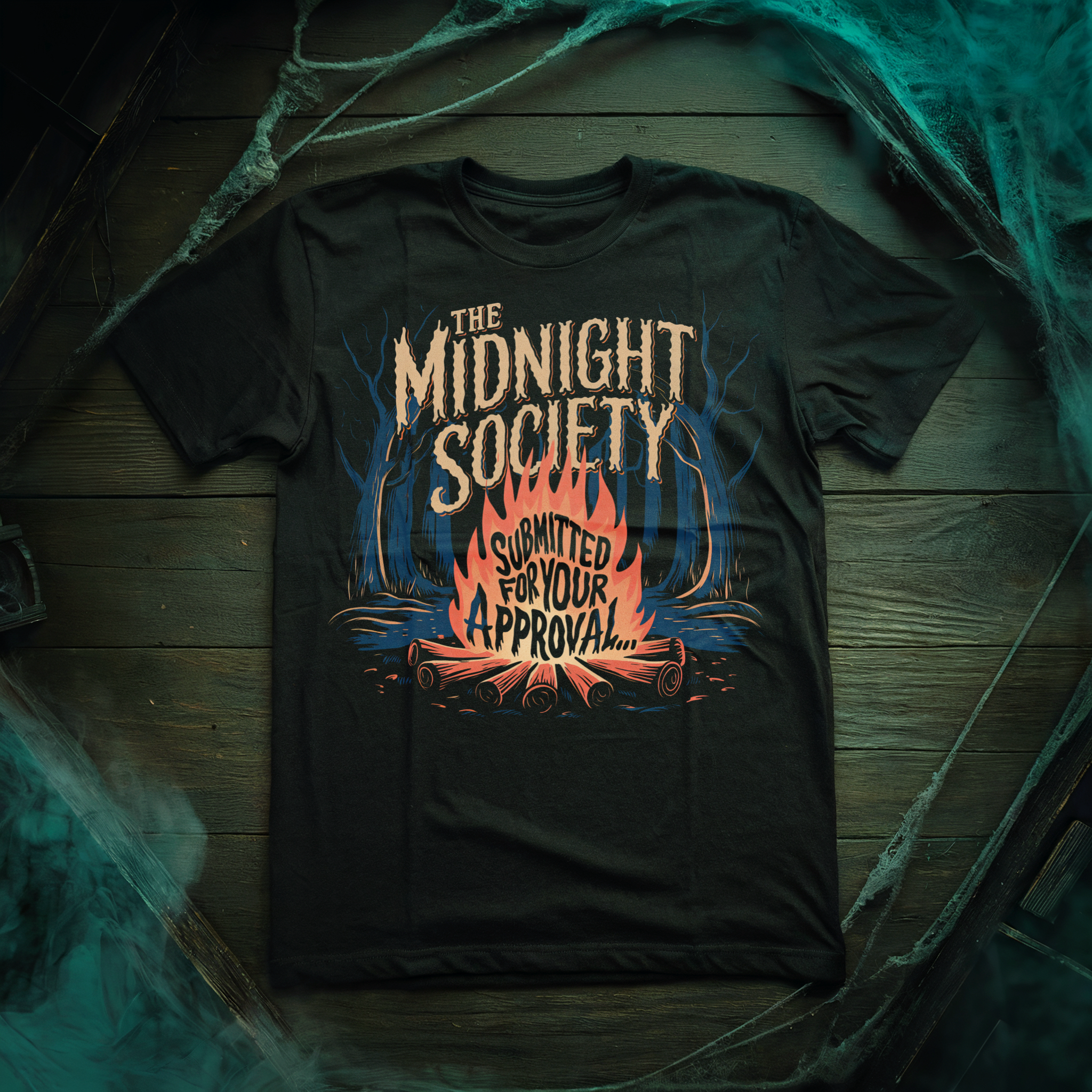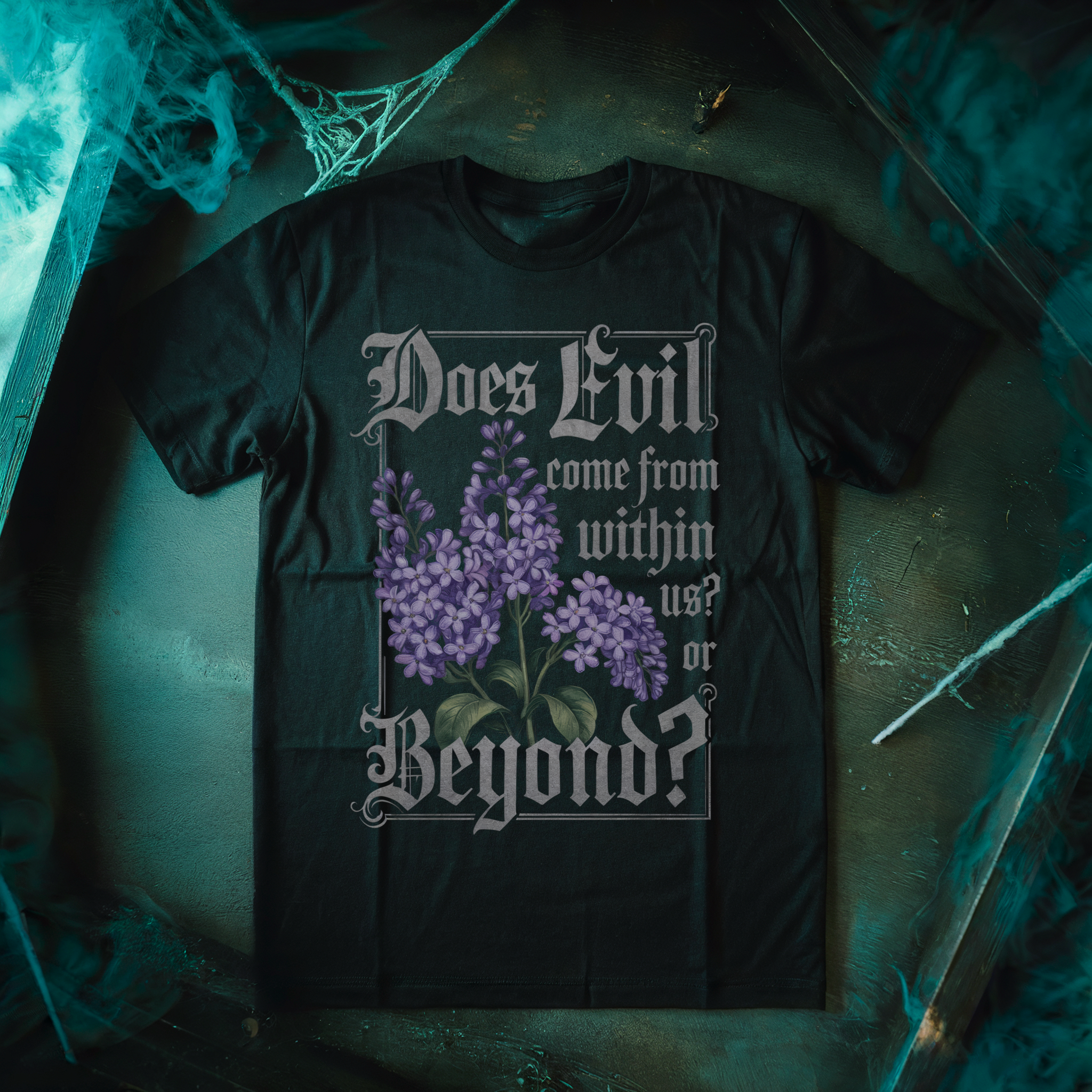Gothic vampire horror seems to never go out of style. Even now, a new Victorian adaptation of Dracula is heading to the BBC. In perfect honesty, the staying power of gothic horror probably owes a lot to that blood-sucking Transylvanian, but that doesn’t mean that ol’ Vlad is the only vampire that works in that setting. In fact, Bram Stoker’s literary titan isn’t even really the first vampire to strut across a gothic stage, and he’s definitely not the only one to be relevant in 2019. Don’t believe me? Just ask Carmilla.
Director Emily Harris’s coming-of-age, supernatural thriller Carmilla is inspired by the 1872 novella of the same name by Joseph Sheridan Le Fanu. It tells the story of Lara, a young woman cooped up literally by the confines of her father’s country estate, and metaphorically by the societal structure of the time in which she lives. Lara‘s governess, Miss Fontaine, is the enforcer of that structure, making sure Lara acts, talks, and thinks in the “proper” way. But all that structure gets tossed away when, one night, a carriage crashes near Lara‘s home. The only survivor is a young woman named Carmilla who gets taken in by Lara‘s family. Carmilla‘s carefree way of living and thinking will challenge everything Lara thinks is good and proper, but not without some danger. Carmilla offers Lara a change, to be sure, but that change comes at a terrible price.
“Carmilla [reminds] the audience that a vampiric curse is one thing. Being born a woman in the 1800s was another.”
Of course, the oppression of women was probably not the main horror Le Fanu had in mind when he was writing Carmilla in the late 1800s. In fact, the novella itself portrays the titular lesbian vampire in an extremely negative, evil light, a representative of what would go wrong if you didn’t adhere to the rules of that period. With a theme like this one, you might think this is the wrong movie to make in 2019. But Harris (who also wrote the screenplay) makes Carmilla a triumph by inverting the horror of this story. She portrays the state of women at that time realistically, not shying away from the uncomfortable truths of that era. One of the best, most disturbing things that Carmilla does is remind the audience that a vampiric curse is one thing. Being born a woman in the 1800s was another.
Still, horror fans shouldn’t fret; the vampire in this movie is definitely a spooky one. A lot of that rests on the performance of Devrim Lingnau, who does an amazing job carrying the titular role. She plays the part like a wild animal; free, powerful, but definitely not safe to be around. Opposite her is Hannah Rae as Lara, who does an incredible job playing a character with deep, internal struggles that only occasionally get unleashed in her interactions with others. Her likability from moment one will have audiences cheering for her to break away from the patriarchy that holds her back, and at the same time worrying that the way she’s doing it may get her killed. Rounding out this stellar cast is Jessica Raine as the complex and weirdly lovable Miss Fontaine. Miss Fontaine represents everything that’s wrong with this point in history. Many times, her intensely conservative worldview is a lot scarier than any vampire. Still, Harris’s direction and Raine’s performance proves that she, too, is a victim a regressive society. Even though Miss Fontaine has some of the most vile actions in the movie, it is hard not to empathize with her.
Ironically, for all the real-world horror of that time, any historian knows that some great aesthetic beauty came out of the Victorian age. Carmilla is very aware of this truth, and does a phenomenal job showcasing that beauty as only a modern camera can. During the day scenes, there’s an ethereal pale glow that comes off of each object, like the sets, props, and even actors are all made out of porcelain. At night, Carmilla illuminates its story by actual candlelight. Depending on what Harris wants to convey, both of these moods can be either nostalgic or alien, but they’re undeniably beautiful no matter which. Still, Harris doesn’t forget about what’s going on under the beauty, and she reminds t he audience in a particularly jarring way. Close-up shots of the worst kinds of bugs, worms, and spiders serve as bookends of different scenes, underlined by the wildly over-pronounced sounds that they make. They squish, click, and hiss their way across the screen, making the audience squirm just as much as they are. There’s something poignant about the imagery of a parasite in a vampire story (look to the Dracula character of Renfield as a perfect example), and Harris uses it masterfully.
We won’t lie to you: Carmilla is not what you’d expect when you head into a vampire movie. By the end of the movie, there’s been very little blood, zero bat transformations, and no fangs in sight. But it’s specifically for this reason that monster movie fans should check this haunting, classically-inspired feature out. Harris & Co. have done the impossible with their vampire story by removing the stereotypical vampire archetype. It skews the audience perception just enough that other elements of the vampire narrative come through, elements that are smaller but no less important. In Carmilla, we get more personality from the vampire’s victim, more world-building to ground us in the time period, more nuance to the character of the vampire herself. Carmilla shines as a pre-Stoker vampire tale but is, at the same time, very relevant to modern audiences. Like gothic horror itself, Carmilla succeeds because of a lasting truth: just because stories age does not mean they die.
Or even if they do, they don’t stay that way.
“Like gothic horror itself, Carmilla succeeds because of a lasting truth: just because stories age does not mean they die.”
For more coverage of what’s showing at this year’s Brooklyn Horror Film Festival, keep an eye on our Facebook, Reddit, and Twitter. And for more reviews like this one, plus all the best horror news and interviews, keep lurking at Nightmare on Film Street.





![Carmilla 1 2019 [Brooklyn Horror 2019 Review] Explore Pre-Dracula Vampirism in The Beautiful CARMILLA 10 Carmilla 1 2019](https://nofspodcast.com/wp-content/uploads/2019/10/Carmilla-1-2019.jpg)



